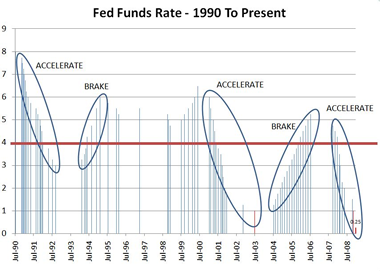Magnetism And Climate
SEARCH BLOG: CLIMATE CHANGE
There has been a lot published about the relationship of sunspots and the sun's magnetic fields to earth's climate. Here is a different twist....
I received an unusual comment on this post. The gist of the comment was that there is a strong correlation between earth's magnetic field and earth's temperature changes. The comment referenced this essay: http://www.freewebs.com/psravenscroft/
The author is Peter Ravenscroft, Geologist, Closeburn, Queensland, Australia who has posted quite a bit around the internet about geology and climate so while the concept might be "a radical new theory" [his words], there may be some merit to it. I attempted to reach Peter, but our 12-hour time difference may be causing a delay. I'd certainly welcome any further comments by him regarding this concept.
On the basis of the following post, Peter's essay may or may not be totally original work, but that does not mean it is irrelevant.
Just as changes in CO2 has a correlation to earth's temperature ... albeit a lagging relationship indicating result instead of cause ... here is another potential relationship. It is difficult to imagine, however, that temperature changes could cause changes in earth's magnetic field rather than the other way around.The earth's magnetic field impacts climate: Danish study
January 12th, 2009
NASA image of the planet Earth.
The earth's climate has been significantly affected by the planet's magnetic field, according to a Danish study published Monday that could challenge the notion that human emissions are responsible for global warming.
"Our results show a strong correlation between the strength of the earth's magnetic field and the amount of precipitation in the tropics," one of the two Danish geophysicists behind the study, Mads Faurschou Knudsen of the geology department at Aarhus University in western Denmark, told the Videnskab journal.He and his colleague Peter Riisager, of the Geological Survey of Denmark and Greenland (GEUS), compared a reconstruction of the prehistoric magnetic field 5,000 years ago based on data drawn from stalagmites and stalactites found in China and Oman.
The results of the study, which has also been published in US scientific journal Geology, lend support to a controversial theory published a decade ago by Danish astrophysicist Henrik Svensmark, who claimed the climate was highly influenced by galactic cosmic ray (GCR) particles penetrating the earth's atmosphere.
Svensmark's theory, which pitted him against today's mainstream theorists who claim carbon dioxide (CO2) is responsible for global warming, involved a link between the earth's magnetic field and climate, since that field helps regulate the number of GCR particles that reach the earth's atmosphere.
"The only way we can explain the (geomagnetic-climate) connection is through the exact same physical mechanisms that were present in Henrik Svensmark's theory," Knudsen said.
"If changes in the magnetic field, which occur independently of the earth's climate, can be linked to changes in precipitation, then it can only be explained through the magnetic field's blocking of the cosmetic rays," he said.
The two scientists acknowledged that CO2 plays an important role in the changing climate, "but the climate is an incredibly complex system, and it is unlikely we have a full overview over which factors play a part and how important each is in a given circumstance," Riisager told Videnskab.
© 2009 AFP
..








